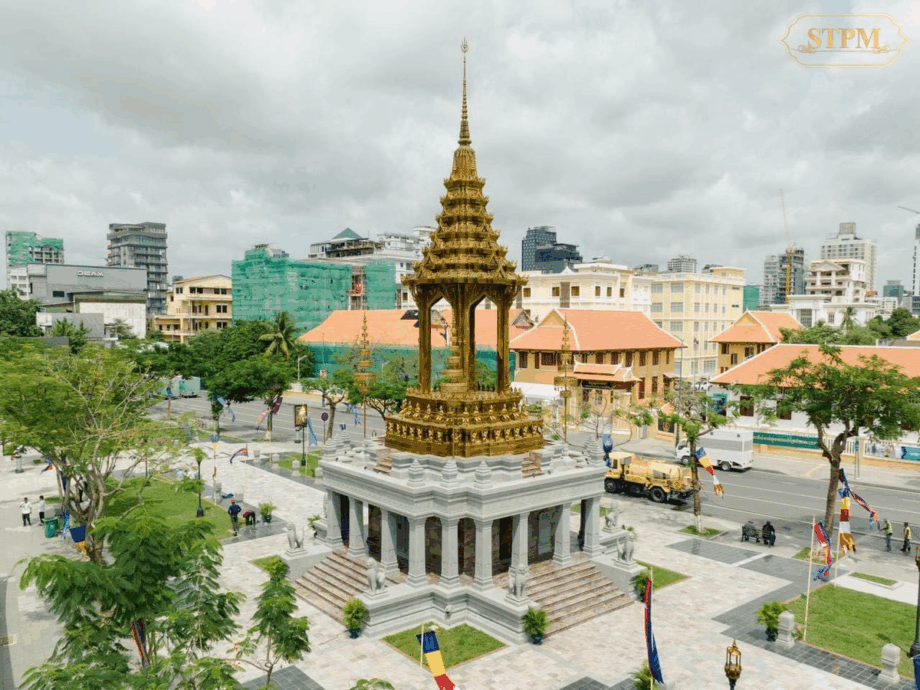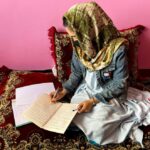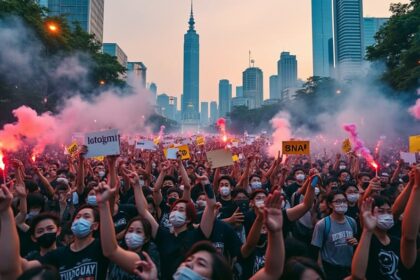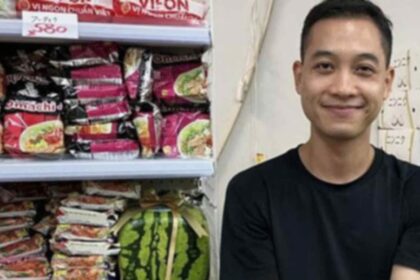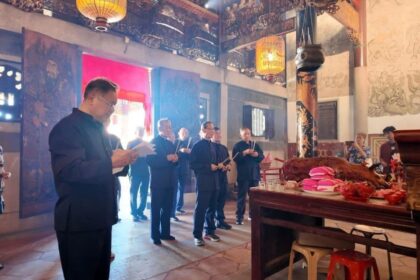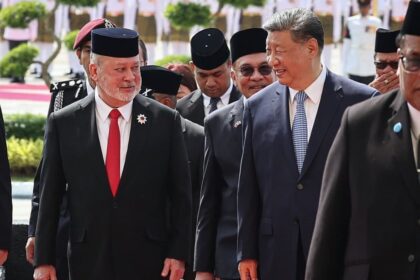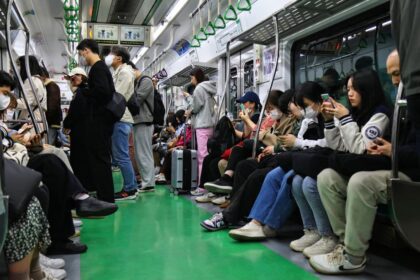Buddhist ideas at the heart of Cambodia’s basic law
Cambodia’s modern constitution does more than organize government. It also encodes a moral and cultural vision drawn from centuries of Buddhist practice. When the country restored its constitutional monarchy in 1993 after the Paris Peace Agreements, lawmakers reaffirmed Buddhism as the state religion and revived symbols and institutions that anchor national identity. That decision did not emerge in a vacuum. Buddhist teachings have shaped Khmer society since the Funan and Chenla periods, flourished under King Jayavarman VII during the Angkor era, and became the common faith of the population with the spread of Theravada Buddhism in the 13th century. The constitution’s language, structure, and the roles it gives to the monarchy and the monastic community, the sangha, bear that imprint.
- Buddhist ideas at the heart of Cambodia’s basic law
- How Buddhism became central to state identity
- Where the constitution names Buddhism
- Monarchy, sangha, and the righteous ruler idea
- Buddhist ethics in laws and public policy
- Public sentiment and lived religion
- Education and culture shaped by Buddhist heritage
- Foreign policy and Buddhist diplomacy
- Regional lessons on Buddhist constitutionalism
- A moving target: recent amendments and the balance of power
- Key Points
The Khmer Rouge nearly erased this heritage during their rule in the 1970s. Monks were defrocked or killed, temples were destroyed, and religious practice was banned. The return to constitutional government in the 1990s brought a deliberate restoration. Articles that name Buddhism, protect religious education, and recognise the King as a symbol of national unity signal a return to a political culture where state authority is expected to align with ethical values like compassion, nonviolence, and restraint. This Buddhist framing still shapes public life today, even as Cambodia grapples with rapid social change, assertive party politics, and a shifting international order.
How Buddhism became central to state identity
Buddhism in Cambodia has deep historical roots. Early forms likely arrived through Indian maritime networks and later through neighboring kingdoms. By the Angkor period, Mahayana Buddhism mixed with Brahmanic traditions, then Theravada Buddhism spread widely in the 13th century with influence from Sri Lanka. The sangha became the center of village life. Temple compounds, or wats, served not only as places of worship but also as schools and community hubs. The faith’s emphasis on ethical conduct, merit making, and social harmony shaped everyday norms and royal ideals alike.
French colonial rule, the transition to independence, and the brief era of Buddhist socialism after 1947 kept religion prominent in public life. That continuity was violently broken in 1975. The destruction of the monastic order and the cultural trauma that followed left lasting scars. After 1979, Buddhism gradually returned. The 1991 peace accord and the 1993 election restored the monarchy and gave constitutional form to the long connection between state and religion. The constitution’s affirmation of the national motto, the recognition of Buddhism as state religion, and support for Buddhist education are the clearest signals of that choice.
Where the constitution names Buddhism
The constitution weaves Buddhist ideas into the text in direct and indirect ways. Some articles declare symbols and rights that stem from religious tradition. Others support institutions that sustain Buddhist learning and practice. Together they frame a link between religion, state, and society that is both symbolic and practical.
The motto and the official religion
National symbolism appears early in the text. The motto reflects the bond among people, faith, and monarchy. In Article 4, the constitution states:
The national motto is Nation, Religion, King.
Article 43 recognises Buddhism as the state religion and upholds freedom of belief. In practice that means Buddhism enjoys formal status, while citizens of all faiths retain the right to worship and organize. This arrangement mirrors public sentiment. Surveys across South and Southeast Asia find that most Cambodian Buddhists view their faith as a core part of national identity, and many say laws should reflect Buddhist dharma. Support for giving religious leaders a direct political role is much more limited, which signals a preference for ethical guidance rather than clerical rule.
Education and protection of the sangha
Article 68 directs the state to promote Buddhist studies and safeguard religious institutions. Pali schools and monastic education receive recognition. This reflects the historic role of the sangha in literacy and moral instruction. The Ministry of Cults and Religion works with monastic leaders to maintain order in the clergy. Cambodia’s monastic community includes two principal orders, the larger Maha Nikaya and the Dhammayuttika Nikaya, each with its own hierarchy. Monks are citizens and can vote, though clerical codes discourage partisan activism. The net effect is to protect religious learning and preserve a trained clergy, while keeping the state engaged in the administration of monastic life.
Monarchy, sangha, and the righteous ruler idea
Theravada political theory often invokes the dhammaraja, the righteous ruler who governs in accordance with dharma. Cambodia’s basic law adapts that ideal to modern institutions. It presents the King as a symbol of unity and continuity, and it gives the sangha a formal presence in the process that selects a new monarch. The goal is moral alignment between crown and clergy, not clerical control of government.
The King as symbol of unity
The constitution articulates the monarch’s role in civic terms. Article 8 defines the King as a guardian of the state and the people. It reads:
The King is the symbol of national unity and the guarantor of national independence, sovereignty, and the rights and freedoms of citizens.
This language places ethical expectations on the throne. Cambodian history provides figures who sought to embody that model. Norodom Sihanouk, for instance, embraced Buddhist symbolism in public life and at times called himself a king monk. The office today remains a nonpartisan focal point that is meant to reflect the values of restraint, compassion, and protection of the people.
How the sangha intersects with royal succession
Article 13 establishes a Council of the Throne to choose a new King when the throne becomes vacant. By law, the Supreme Patriarchs of the two principal Buddhist orders sit on this council alongside senior state officials. Royal heirs often spend time ordained in a monastery as part of their formation. The presence of monastic leaders in succession underlines the expectation that a future monarch will be grounded in Buddhist ethics.
Moral authority and political voice
The sangha confers legitimacy on rulers who uphold moral standards and can serve as a corrective voice when leaders deviate from Buddhist principles. That influence is not absolute. Modern states regulate religious institutions to varying degrees, and monastic leaders navigate a careful line between spiritual authority and political neutrality. Cambodia’s approach gives the state a coordinating role in the monastic hierarchy while preserving a recognized space for the clergy in civic life.
Buddhist ethics in laws and public policy
Buddhist thought influences the constitution’s treatment of human dignity, social order, and restraint in the use of force. The Noble Eightfold Path, especially Right Livelihood and Right Action, supplies an ethical vocabulary for lawmakers even when the text does not cite specific doctrines. Where specific rules appear, they tend to reflect widely shared values rooted in compassion and the avoidance of harm.
Human dignity and nonviolence in the text
Article 46 prohibits human trafficking and the exploitation of prostitution. That aligns with the duty to prevent suffering and protect vulnerable people. Article 54 bans nuclear, chemical, and biological weapons. The ban reflects a principle that mass destruction has no place in national defense. Elsewhere, rights to equal treatment and freedom of belief echo long-standing religious values of non-discrimination, tolerance, and respect for life. These provisions are consistent with a Buddhist moral outlook without turning the constitution into a doctrinal document.
Rights in practice
Translating ideals into daily governance is difficult. Cambodia’s constitution guarantees civil rights and due process. Independent assessments, however, describe a judiciary influenced by the executive and civil society that faces pressure. This gap between the text and enforcement is a central challenge. A Buddhist perspective prizes moral restraint in the use of power, even when power is legally grounded. Bridging that gap requires legal reforms, professional courts, and active civic education so that constitutional commitments move from paper to practice.
Public sentiment and lived religion
Buddhism shapes identity and social life far beyond the legal text. Wats host ceremonies, teach ethics, and support community welfare. Surveys of public opinion indicate that a very large share of Cambodian Buddhists view their religion as essential to being part of the nation and support the idea that national laws should reflect Buddhist values. Support for direct political roles for monks is much weaker. That distinction helps explain why the constitution enshrines religion symbolically while leaving day-to-day governance to elected institutions.
Younger Cambodians navigate a different landscape from their parents. Many prioritize study, work, and digital life, and some spend less time in traditional religious activities. Religious schools and pagodas are adapting with social media outreach and new teaching formats. Motivations range from preserving family tradition to seeking moral guidance and social connection. The result is not a retreat from religion so much as a rebalancing of practice in line with modern routines, with the constitution still marking Buddhism as a national anchor.
Education and culture shaped by Buddhist heritage
Article 68’s recognition of Pali and Buddhist studies reflects an older pattern in which temples taught literacy and ethics. Today the national education system is largely secular in curriculum and structure, yet Buddhist concepts remain present in civic education and cultural instruction. Ideas such as the Middle Path encourage moderation and discourage extremes in public life. That ethos supports policies that favor social cohesion and incremental reform over confrontation.
The education sector has been rebuilt since the 1980s with heavy involvement from international partners. Inclusion policies target gender gaps, ethnic minorities, and rural communities. Progress is real, but resource limits, teacher shortages, and governance issues persist. Religious institutions complement public schools in teaching values and community service, which reinforces the constitutional emphasis on Buddhist education without blurring the line between faith and the delivery of national curricula.
Foreign policy and Buddhist diplomacy
The constitution sets Cambodia on a course of neutrality and cooperation. Chapter IV calls for friendly relations and peaceful coexistence, a posture that matches Buddhist teachings on nonviolence and compassion for all peoples. This stance suits a small country in a region of larger powers, and it aligns with the goal of preventing entanglement in foreign conflicts.
Buddhism also supports cultural diplomacy. Cambodia’s religious heritage connects it to India, where Buddhism originated, even though India today is majority Hindu. Leaders from both countries have used Buddhist symbols, sites, and exchanges to build goodwill. Pilgrimages, restoration projects, and the construction of Cambodian style monasteries in India keep those ties alive. These efforts complement the constitution’s call for peaceable international conduct by building relationships through shared culture rather than power politics.
Regional lessons on Buddhist constitutionalism
Across South and Southeast Asia, countries with Buddhist majorities have taken different routes in managing the relationship between state and sangha. Two models stand out. In some places the state centralizes control over the monastic hierarchy to maintain uniformity. Elsewhere, monastic orders retain significant autonomy and the state takes a lighter administrative role. Each approach faces regulatory dilemmas when popular religious movements test official structures or when internal disputes arise without a single authority to resolve them.
Cambodia’s framework combines elements of both. The state partners with monastic leaders through the Ministry of Cults and Religion, the constitution gives Buddhism special recognition, and the Supreme Patriarchs sit on the Council of the Throne. At the same time, the sangha remains a distinct moral community that can articulate expectations for rulers. Maintaining that balance is an ongoing task shared by clerical leaders, elected officials, and citizens.
A moving target: recent amendments and the balance of power
Constitutions evolve, and recent changes highlight tensions between national security goals and rights rooted in compassion and human dignity. A new amendment to Article 33 removed a previous prohibition on revoking citizenship and opened the door for legislation that could strip citizenship in certain cases. Supporters present the move as a way to protect national interests and loyalty. Critics warn that broad criteria and weak judicial independence risk targeting opponents or civil society voices.
Prime Minister Hun Manet publicly framed the change as a measure aimed at those who undermine the country. Addressing the intent behind the amendment, he said it would apply to people who, in his words:
oppose the interest of the country, conspire with foreign powers, or plot to destroy the country.
The debate reaches beyond legal drafting. A Buddhist-inspired constitutional order expects rulers to use power with restraint and for the well-being of all citizens. That includes robust protections against arbitrary punishment and a commitment to the dignity of persons who dissent. How Cambodia implements the new rules will test the compatibility of security policy with the compassion and nonviolence that the constitution also affirms.
Key Points
- Cambodia’s 1993 constitution reinstated the monarchy, confirmed Buddhism as the state religion, and revived the national motto Nation, Religion, King.
- Article 43 recognises Buddhism while protecting freedom of belief for all citizens.
- Article 68 directs the state to promote Pali and Buddhist studies and to safeguard religious institutions.
- The King is defined in Article 8 as a symbol of unity and a guarantor of independence, sovereignty, and citizens’ rights and freedoms.
- The Council of the Throne, established by Article 13, includes the Supreme Patriarchs by law, giving the sangha a role in selecting a new monarch.
- Article 46 prohibits human trafficking and the exploitation of prostitution, and Article 54 bans nuclear, chemical, and biological weapons.
- Public opinion strongly links Buddhism to national identity, while support for direct political roles for monks remains limited.
- Education policy reflects Buddhist heritage through support for Buddhist studies, even as the national curriculum is secular and donor supported.
- Cambodia’s foreign policy calls for neutrality and peaceful relations, in line with Buddhist principles of nonviolence.
- A recent amendment to Article 33 enables citizenship revocation by law, drawing support from officials and concern from rights advocates about due process and misuse.


